The content of the article
In eastern medicine, one of the most popular medicinal plants is lofant. This representative of the Labret family grows in Siberia and Tibet, China and the Himalayas. There are small plantations in the Crimea and Moldova. But Asia is considered the true homeland of this type of herbaceous perennial, although some sources call it North America’s primary habitat.
Grass with a beautiful name
Externally, the plant looks very impressive: it reaches a height of up to a meter or more, and when flowering, it is covered with bright inflorescences resembling spikelets. The leaves and flowers of the perennial are distinguished by their amazing mint-anise aroma. Hence, such a sonorous name - anise hyssop. The plant is also known as licorice mint or fennel polyphosphate. But this is not a complete list of names that the relatives of the Lofant receive depending on the territory of growth. And the most interesting thing is that people gave this plant such sonorous names, based on its characteristics.
In the circles of folk healers, the lofant is considered almost a panacea for all diseases. Although this opinion has not been scientifically substantiated, the properties of the healing herb have proven to be highly effective in treating a wide variety of pathologies.
What is the use of anise lofant?
In many temperate countries, anisis hyssop is grown for decorative purposes. Its unusual form, carved leaves and bright pink, and sometimes richly purple inflorescences, collected in an ear at the very top of the stem, adorn country estates throughout the summer season. After all, the flowering period of this plant is quite long - it lasts from the end of June to September. Already in early autumn, he begins to bear fruit. Its fruits are coenobia. These primitive formations are a group of four erems that look like nuts.
Leaves and other parts of the plant have found application in cooking: they are added in dried and fresh form as seasonings to various dishes. In folk medicine, this polygon is widely used for therapeutic purposes in the form of decoctions, infusions and other forms. Lofant is also valued for its excellent melliferous qualities.
Healing and very useful composition
The whole set of useful properties of hyssop is supported by its rich composition. As a result of numerous studies, scientists were able to establish that the anise lofant contains:
- a whole complex of acids, among which: gallic, chlorogenic, coffee;
- there is a lot of vitamin C in the composition (ascorbic acid);
- representatives of vitamin B group are also present there;
- there are glycosides;
- tanning components;
- choline;
- flavonoids;
- essential oil;
- mineral components (cobalt, zinc, iodine and others).
Of course, such a composition is impressive, so the lofant may well qualify for leadership among medicinal plants. But, unfortunately, it has not yet been sufficiently studied, and therefore it is not on the list of medicinal plants recognized by official medicine. True, this fact does not prevent herbalists from including perennial grass in the composition of medicinal fees. Indeed, the centuries-old practice of traditional healers has long proved the high effectiveness of anisic lofant in the treatment of even the most severe pathological conditions.
What diseases helps to treat hyssop?
The most important advantage of the lofant is that it is not always necessary to prepare healing tinctures from it. If it is regularly added to food as a seasoning - this will already help strengthen the body's immune resources. Of course, this is possible when a person is not allergic to this type of plant or its components.
Lofant is no less widely used to localize the symptoms of various diseases. The plant is useful:
- For the treatment of open wounds on the skin, for example, on the feet. A similar problem is solved by topical application in the form of medicinal baths.
- Medicinal compositions applied externally help relieve swelling in vascular pathologies of the lower extremities.
- The components of the composition of anise lofant strengthen the heart muscle. Therefore, the plant is often recommended for heart problems, especially when there is a real threat of heart attack.
- The herb is also useful for hypertensive patients, since it contains agents that can reduce vascular tone, which helps normalize blood pressure. In the early stages of hypertension, blood pressure can be stabilized even without the use of potent medications. This property allows us to consider hyssop as an effective prophylactic against strokes of the ischemic type.
- The ability of a lofant to quickly localize inflammatory foci allows it to be used for various problems of the genitourinary sphere.
- It has a healing plant and a powerful antioxidant property. It perfectly cleanses the body of toxins, and copes even with severe forms of poisoning.
- In the arsenal of this modest plant there is also a sedative property. In addition, drugs based on anise lofant stimulate brain activity, which makes them popular with manifestations of senile sclerosis.
- The ability to positively influence metabolic processes is also included in the competence of wonderfully herbs.
But still, the main value is the ability of hyssop anise to exert a general strengthening effect on the body. If you take medicinal infusions with its inclusion, it helps to quickly restore strength after severe pneumonia, bronchitis and other serious pathologies.
Fact! It is believed that anise lofant contributes to the normalization of vision and hearing.
When to use anise lofant is not worth it?
Official medicine treats any natural remedy in the same way as medications. Therefore, you should be aware of the limitations that make it impossible to use licorice mint herb for treatment. In addition to individual intolerance, the following cases are included in the list of contraindications:
- pregnancy
- the period of breastfeeding;
- if a person systematically has low blood pressure.
To exclude all possible risks, it is advisable to consult a doctor before starting treatment with a lofant. A specialist will advise in which dosage form it is better to use this herbal preparation, how to take it correctly.
You should also always be aware of the danger of overdose, as this can trigger the development of side effects.
Popular uses
Before describing popular recipes, where the main active ingredient is anise lofant, I want to pay attention to one significant point that can help in choosing the optimal treatment option.
Hyssop has a unique feature - it does not conflict with other derivatives of plants. For example, in combination with oats, elecampane, cranberries and burdock, it perfectly affects the body's defenses. For such medicinal teas, the aerial part of the plant is usually taken.
- The therapeutic infusion will help in solving the problems of the female genitourinary sphere, as well as heart diseases. This product is being prepared on water. It is enough to take 2 (l.Art.) dry plant mixture of anise lofant, place the workpiece in a thermos, then pour 0.5 l of boiling water. After this step, the thermos must be closed tightly. Three hours later, the infusion will be ready, but before use it should be filtered. It is allowed to store the finished product for no more than 3 days if it is in the refrigerator. Drink the infusion strictly before meals, about half a glass.
- Alcohol infusion is suitable exclusively for outdoor use. They are good at treating wounds, you can rub your aching joints. Following the recipe of this technique, you need to pour 200 g of dry billet pour ½ alcohol base. It can be medical alcohol 70%, but it is better to use ordinary vodka. After combining the two ingredients, the composition is put in a secluded place for a whole month. It is periodically recommended to shake the infusion, and at the end of the aging period, it is carefully filtered. The solution is used mainly for lotions and compresses, but you can rub problem areas with it.
- A cold remedy, which can also be used for preventive purposes, is prepared in the following sequence: dry herb of anise lofant (2 l. Art.) Is poured with boiling water (2 glasses), after which the composition is infused for about 40 minutes. Strained infusion is recommended to drink at least three times if there are primary signs of the disease. A single dose for admission is ½ cup. You can add honey to the infusion, or just before taking the healing infusion, take a teaspoon in your mouth. The resulting infusion can rinse your nose and gargle.
Harvesting lofant is recommended during the flowering period. For therapeutic use, young shoots are suitable. Dry raw materials are best stored in paper bags or in a glass container.
Anisic lofant, like many other natural components, is capable of much if properly used. Recipes that have been collected by people for centuries will help improve overall health, improve the functioning of organs, and cope with signs of stress and nervous disorders.
Video: Lofant treatment

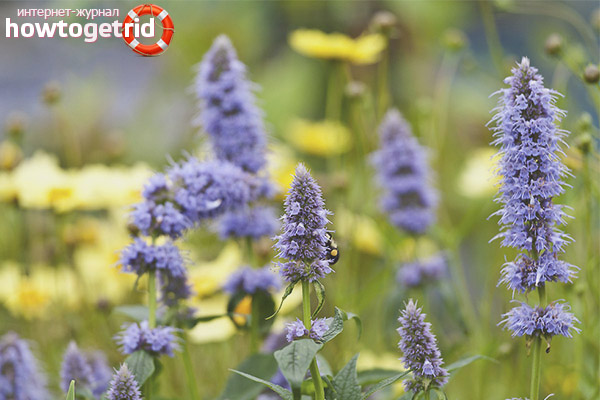
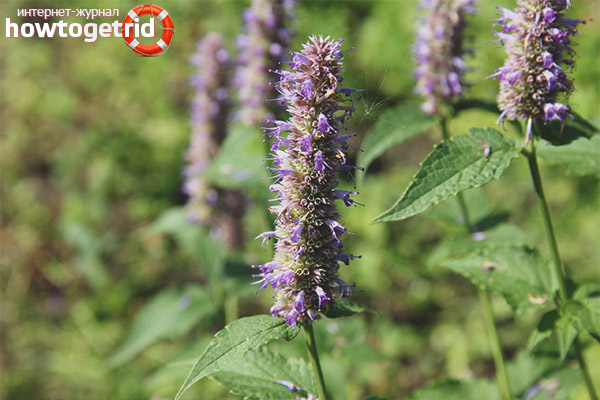
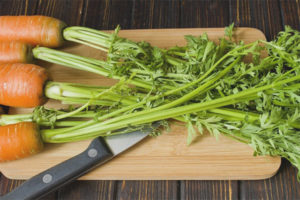
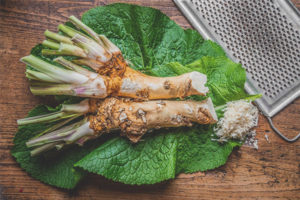
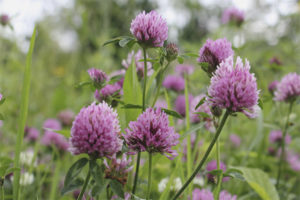
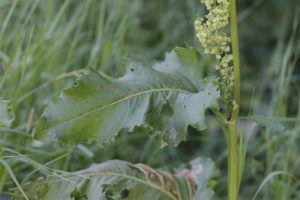
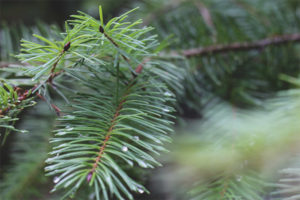
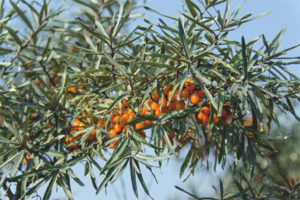
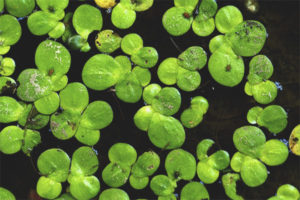
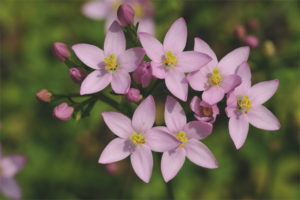
Submit